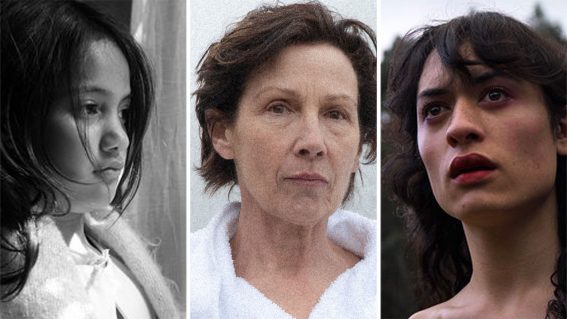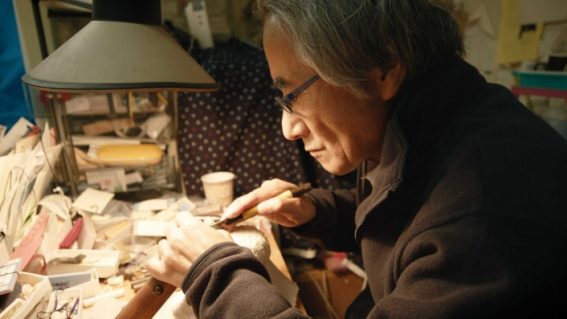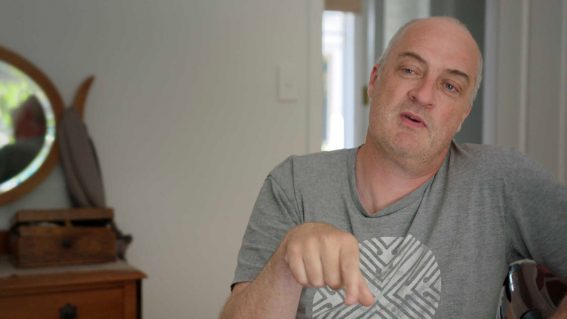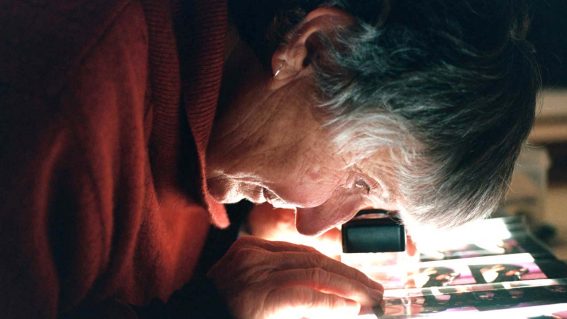Kathleen Gallagher on Rohe Kōreporepo – The Swamp, the Sacred Place
NZIFF doco on Māori and Pākehā kaitiaki repo (swamp guardians).

A new documentary follows kaitiaki swamp guardians throughout Aotearoa as they replant and re-flood the repo.
Kathleen Gallagher and Kate Goodwin’s documentary Rohe Kōreporepo – The Swamp, the Sacred Place emphasises the importance of Aotearoa’s wetlands and those using mātauranga Māori and scientific knowledge to restore them. Kathleen Gallagher tells us more about the film, playing Whānau Mārama: New Zealand International Film Festival.
FLICKS: Describe your film in EXACTLY eight words.
KATHLEEN GALLAGHER: 60 kaitiaki restore our ancient relationships with wetlands.
When did you first take an interest in the ecology of the wetlands?
Since I was very little I thought they were strange mysterious places soft, misty, damp, where little people and all sorts of beings dwelt
And how did you know you had to make a film about it?
When the replanting and reflooding of rohe kōreporepo here in Ōtautahi Christchurch pulled my attention towards the repo and I couldn’t turn away.
Do you think it’s an overlooked part of Aotearoa’s environment?
It is a ground clause in our founding document the Treaty of Waitangi – protection of taonga – te repo – mahinga kai – the places where food is gathered. This clause has been subtly and not so subtly overlooked and flouted from 1840 to 1990, for 150 years. Then the great turning began and we began to remember our way back to carry our taonga and our ancient consciousness of our precious environment forward.
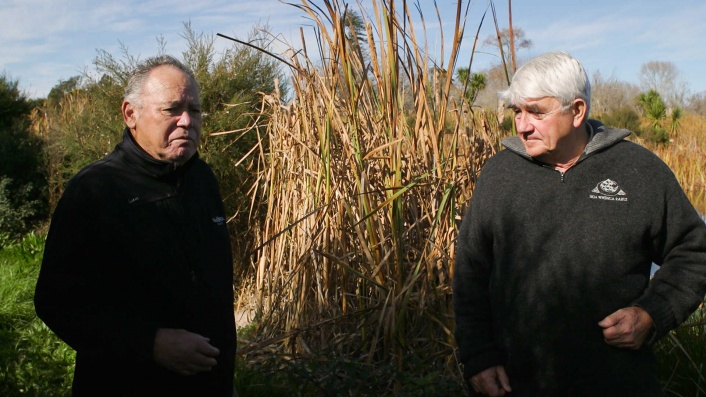
What are some of the lessons we can learn from the diversity of ohe kōreporepo?
Respect for diversity needs to mark every aspect of our lives—our farms, our gardens, our food preparation and consumption, our interactions with all beings, old, young and not so young. Inside our embracing of diversity our mana psychic influence, our mauri life essence and our hauora spirit of life are restored and brought to their fullness.
As well as the environmental benefits of restoration, do you think it leads to an influence on our hauora and mana?
Our hauora spirit of life and our mana psychic influence and our mauri life essence are implicitly woven inside the hauora, the mana and the mauri of our water places. If our water places are unwell, filled in and poisoned, that diminishes us and we become unwell. If we restore our rohe kōreporepo wetland and they become healthy again, we too recover our hauora, our mana and our mauri.
During production, what was the biggest hurdle you had to overcome?
The making of this film flowed more slowly partly due to the COVID lockdowns but also to the rohe kōreporepo. It didn’t stop, but continued flowing, moving like the wetlands do with long breathings in and out. In comparison to the two river films Water Whisperers Tangaroa and Seven Rivers Walking Haere Mārire we made on rivers—we had scarcely time to stop and take a breath but were swept along by the rivers. So the hurdle was adjusting to the movement, the breathing in and out of the wetlands.
For you, what was the most memorable part of this whole experience?
Many memorable parts… The intimacy and deep knowledge of rohe kōreporepo that each of the kaikōrero carried and just hanging with them and listening to their kōrero in the rohe kōreporepo that they love, and the rohe that loves them.
What was the last great film you saw?
White Lies Tuakiri Huna starring Whirimako Black and directed by Dana Rotberg.






